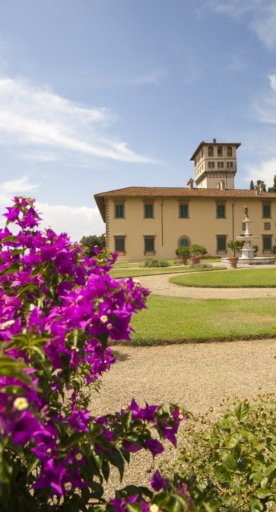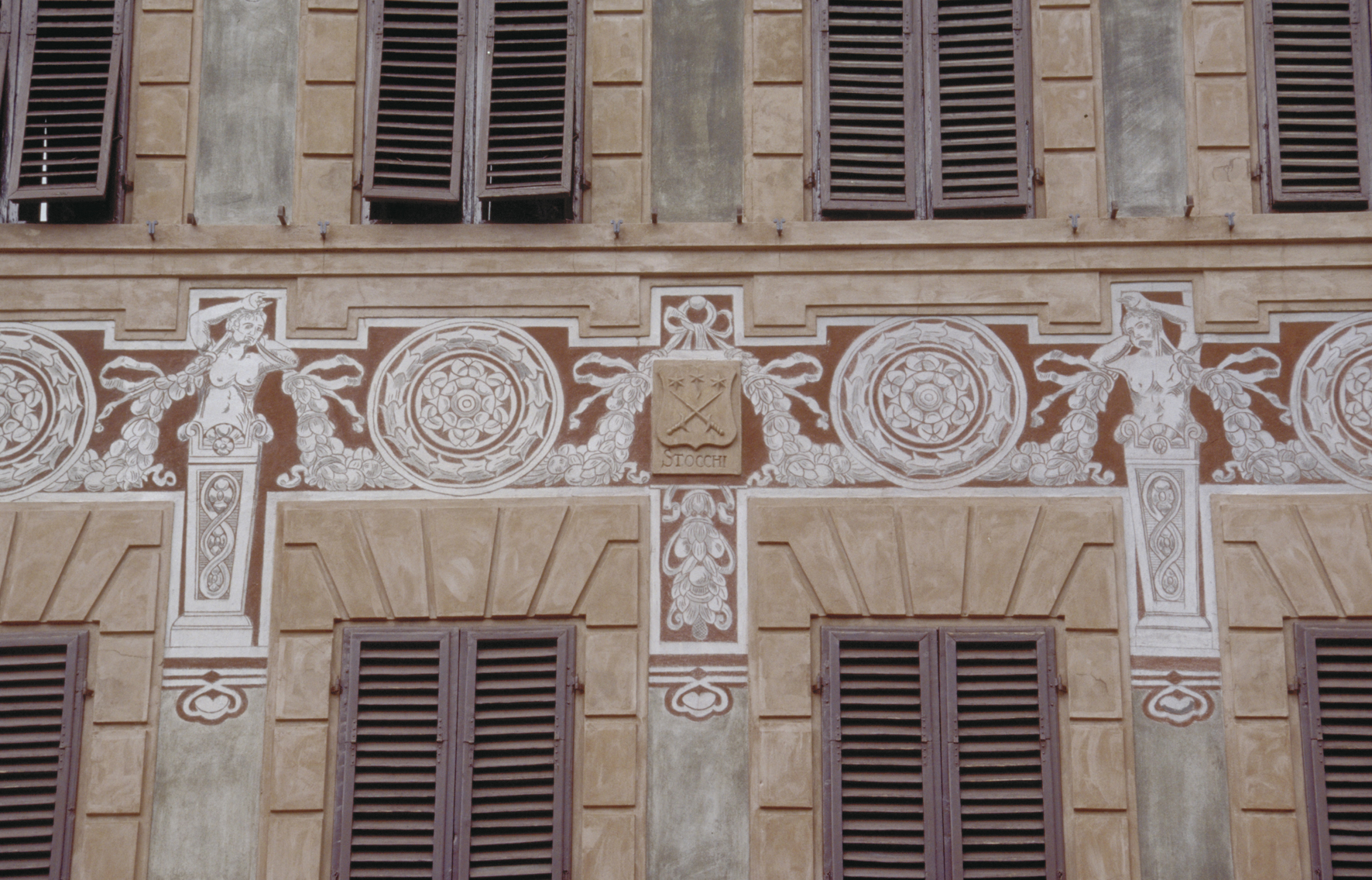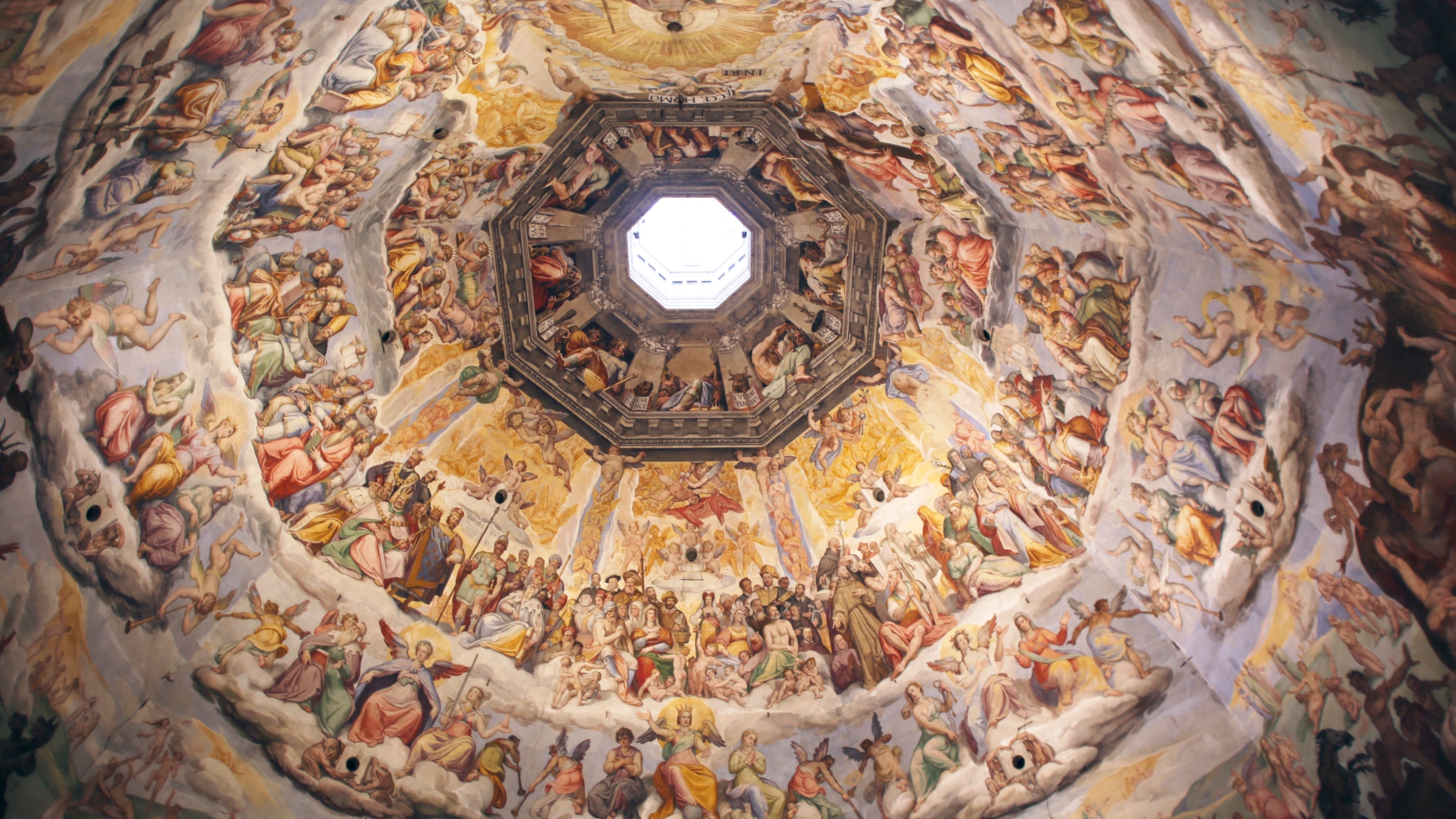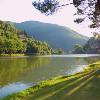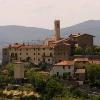Lastra a Signa, on the outskirts of Florence, is a town rich in history, culture and nature, with a territory that stretches between the hills and the Arno-Pesa rivers. The town is ideally located for exploring this corner of the Tuscan territory, with its vast cultural heritage and landscape, which can also be explored thanks to a dense network of nature trails.
Lastra a Signa was initially occupied by Etruscans and Romans, but it was not until the late Middle Ages that it officially took shape as a town. Later the Florentine noble families chose it as a country location to spend part of the year. Indeed, the harmony of the landscape of Lastra a Signa has always attracted people of fame and culture, such as architects, painters, scholars, and, of course, its most famous guest, the great tenor Enrico Caruso.














